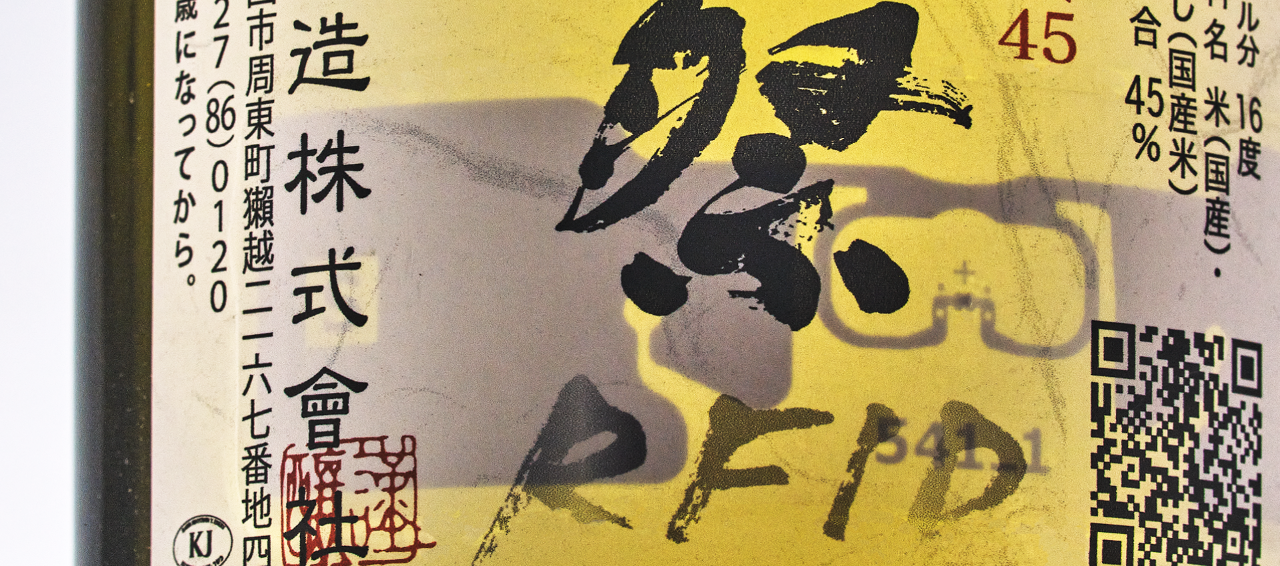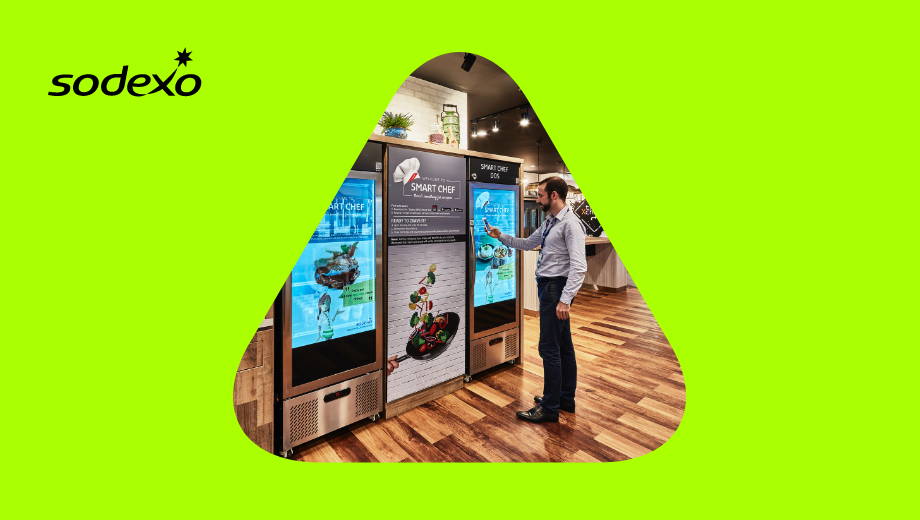In 2017, the Japanese Ministry of Economy, Trade and Industry (METI) announced its “Declaration of 100 billion RFID Tags for Convenience Stores,” with the goal of having the five major convenience store chains attach RFID tags to all products by 2025 in order to solve social issues such as labor shortages, and to reduce food loss. RFID has already been adopted by a large percentage of major apparel companies in the world and has become an indispensable technology for each company. However, in non-apparel segments such as the food and consumer goods industries, many companies are hesitant to implement RFID technology due to cost and implementation concerns.
It was urgent for breweries to improve the customer experience by utilizing digital technology and to transform their operations. On the other hand, the sake industry saw its market shrink to one third of its peak in 2018. In sake breweries, it was difficult to differentiate due to their inability to communicate their brand stories and product values. This was compounded by an accompanying decline in sake consumption, and the distribution of sake through unregulated retail channels.
Therefore, it was urgent for breweries to promote new values by utilizing digital technology and to transform their business. Asahi Shuzo, the brewer of Dassai, one of Japan’s leading brands, endorsed and participated in METI’s project to implement RFID technology to achieve end-to-end visibility across their supply chain from manufacturing to sales, while many other companies were struggling to get to grips with RFID.
In order to avoid additional investment and man-hours for the brewery, a key requirement of this project was to integrate RFID tags into the bottle labeling while using the existing bottle labeler. While successful RFID source tagging while maintaining existing operations may sound simple at first glance, a partner with expertise in the following processes was required to make it a reality:
- Designing RFID antennas for liquids and glass
- Bonding the IC chip to the aluminum antenna
- Converting into an RFID label and printing on the face material
- Encoding a unique ID on the IC chip for each label
- Printing a QR code with the same ID on the label
Therefore, an efficient process was required to allow a traditional printing service provider to carry out the current process while integrating RFID labels into their printing workflow. Having multiple service providers in one project might increase production lead times or transportation costs between different companies, and could complicate project responsibilities.
Besides the integration of RFID on sake labels, another concern was whether the IC chip would be damaged when the bottle label was applied. This is due to the IC chip being subjected to a certain amount of pressure when the label is tensioned to prevent wrinkles and when it is attached to the bottle by the crimping roller. The inlays, as provided by Avery Dennison Smartrac, are bonded to the IC chips using proprietary technology and production control methods in order to avoid the chips being harmed during this process.
Finally, since UHF RFID is susceptible to liquid and glass, it was necessary to tune the RFID antenna so that it could be read without problems even when applied to a sake bottle. After meticulous testing, the Dogbone® inlay provided by Avery Dennison Smartrac could be read from approximately three meters away when applied to a Dassai bottle.




